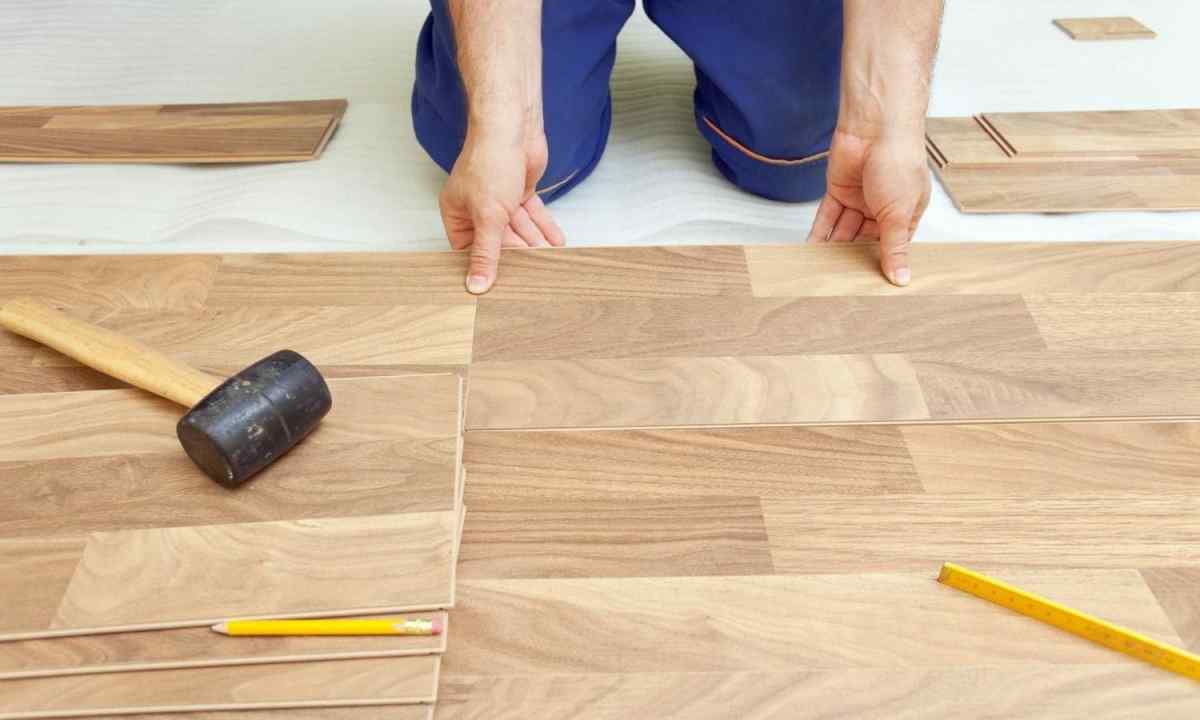The timber floor in Russia was sign of prosperity, the simple house did not floor – went on the ground. Despite change of times, floor from natural wood it is still expensive and really noble. It is important to choose only correctly material and to trust in the good master.
Instruction
1. At the correct construction of "wood" floor (i.e. with due ventilation and lack of moisture) the average term of its service is 45-50 years though practice shows that wooden floors can serve up to 100 years.
2. For laying of good wooden floor, the good stuff is necessary. Boards from fir-tree and pine belong to the most popular budgetary decisions. It is necessary to notice that boards from if, in view of their suchkovatost, get out of the initial shape over time, and for floor in residential building they are not recommended to be used.
3. The pine board is considered optimal variant, but also it has the defect. She is afraid of moisture, and it is not recommended to be used in not heated or damp rooms.
4. The budgetary three is closed by larch, it though is a little more expensive than pine and fir-tree, but is suitable for any types of rooms, is not afraid of moisture, and at contact with water only becomes stronger. More expensive floorboard is made of deciduous breeds of trees and the luxury belongs to the class - it is oak, beech, maple, ash-tree.
5. The floorboard happens three sizes: thin - 35 mm, average - 45 mm, and thick - 55 mm. Board thickness for floor calculates taking into account the size of the room, distance between logs and strain which will be experienced by sexual covering. If the board is located on concrete floor as additional covering, then it is possible to use board 30-40 mm thick. When performing mounting of floor without additional overlapping, it is the best of all to use boards from 40 to 55 mm as at these boards the increased margin of safety.
6. Choosing board, look for only well dry-through material, otherwise you risk to receive deformation of covering and considerable number of cracks in the wood which has cracked over time.
7. Also it is necessary to know that boards are subdivided into classes: extra, class A, class B, class C. When determining these classes such indicators as suchkovatost, availability of cracks, defeat by insects, availability of zasmolennost are used. In type of the fact that floor belongs to "durable" designs for its production it is recommended to use boards of class extra or class A. Therefore these boards belong to higher price range.

